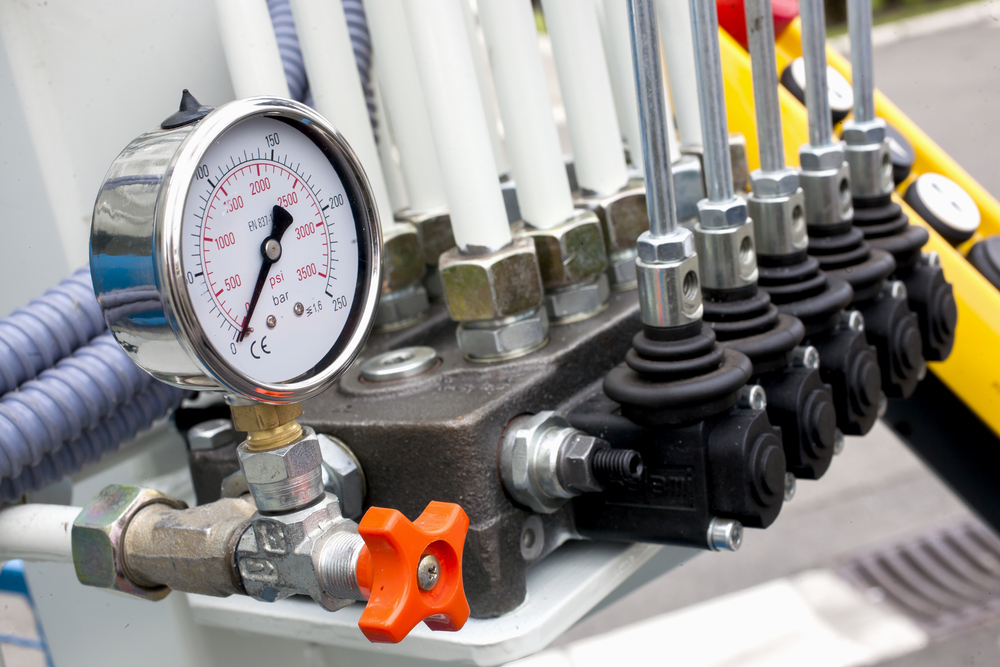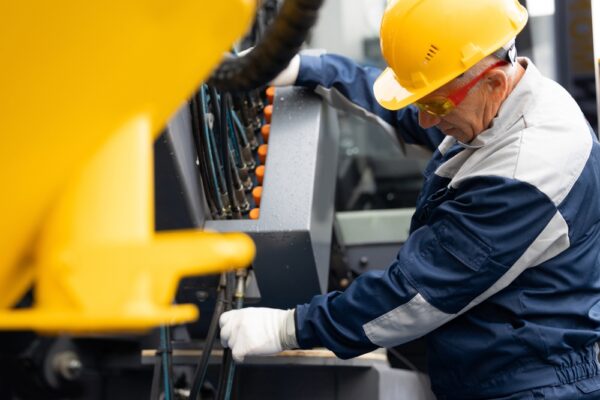The Impact of Valve Response Time in Hydraulic Systems

Hydraulic systems deliver massive power with surgical precision, from excavators moving tons of earth to manufacturing presses shaping metal parts. Valves control this power by directing fluid flow exactly where and when it’s needed. Most operators monitor pressure and flow religiously but overlook valve response time — the critical delay between command and action that separates exceptional performance from mediocre results.
Response time fundamentals
Valve response time measures how quickly a valve moves from receiving a control signal to reaching its commanded position. This process involves three phases:
- Signal processing by control electronics
- Physical movement of the valve element
- Establishment of steady flow through the new position
The valve technology itself largely determines baseline speed. Servo valves respond fastest at 5 to 50 milliseconds, while proportional valves take 50 to 200 milliseconds, and simple on/off valves require 100 to 500 milliseconds. However, operating conditions significantly influence these baseline times. Fluid viscosity, system pressure, and temperature all play important roles in actual response speed.
Unfortunately, component wear progressively slows response over time. Contamination creates friction in valve spools, worn seals reduce the pressure differentials needed for quick movement, and cold temperatures thicken fluid to increase delays. These factors mean that even fast valves can become sluggish without proper maintenance.
Performance consequences across applications
Slow valve response creates cascading problems across different equipment types, affecting everything from productivity to safety:
- Manufacturing equipment loses throughput when presses take extra milliseconds per cycle, while injection molding creates inconsistent parts from timing delays.
- Mobile machinery feels sluggish to operators, forcing slower work and wasting fuel as excavator movements lag behind joystick inputs.
- Industrial systems suffer from reduced positioning accuracy, affecting part tolerances and creating jerky robotic movements.
- Safety applications face the highest stakes, where delayed emergency stops or pressure relief can turn incidents into disasters.
Beyond operational impacts, poor response wastes energy through delayed valve closing, pressure spikes, and higher operating pressures that increase costs across entire facilities.

Optimization strategies
Most systems can achieve faster valve response without complete overhauls. Smart upgrades and adjustments often deliver significant improvements at reasonable costs. Try these four approaches to improve valve response in existing systems:
- Valve selection matches technology to application demands. High-speed manufacturing needs servo valves despite higher costs. General industrial applications work well with proportional valves that balance performance and economy. Simple applications can use solenoid valves where speed isn’t essential.
- System design affects response through hydraulic layout. Shorter lines reduce the volume that valves must pressurize. Larger diameters decrease pressure drop. Proper fluid selection balances viscosity while maintaining good response. Strategic accumulator placement provides local pressure sources.
- Control algorithms compensate for known delays through smart programming. Feed-forward control anticipates valve movements and starts them early. Modern controllers learn response patterns and adjust timing automatically. However, software has limits — severely slow valves eventually need hardware upgrades.
- Maintenance practices preserve response over time. Regular fluid changes prevent contamination that slows movement. Clean filters ensure fluid reaches valve components properly. Seal replacement maintains pressure differentials. Temperature management keeps fluid viscosity optimal for fast action.
Faster systems, better results
Valve response time drives hydraulic performance more than most operators realize. Milliseconds of delay multiply into productivity losses, quality problems, and energy waste across millions of cycles. Measure your current valve response times and compare them against system standards. You’ll discover the simple fix that transforms your system performance.
